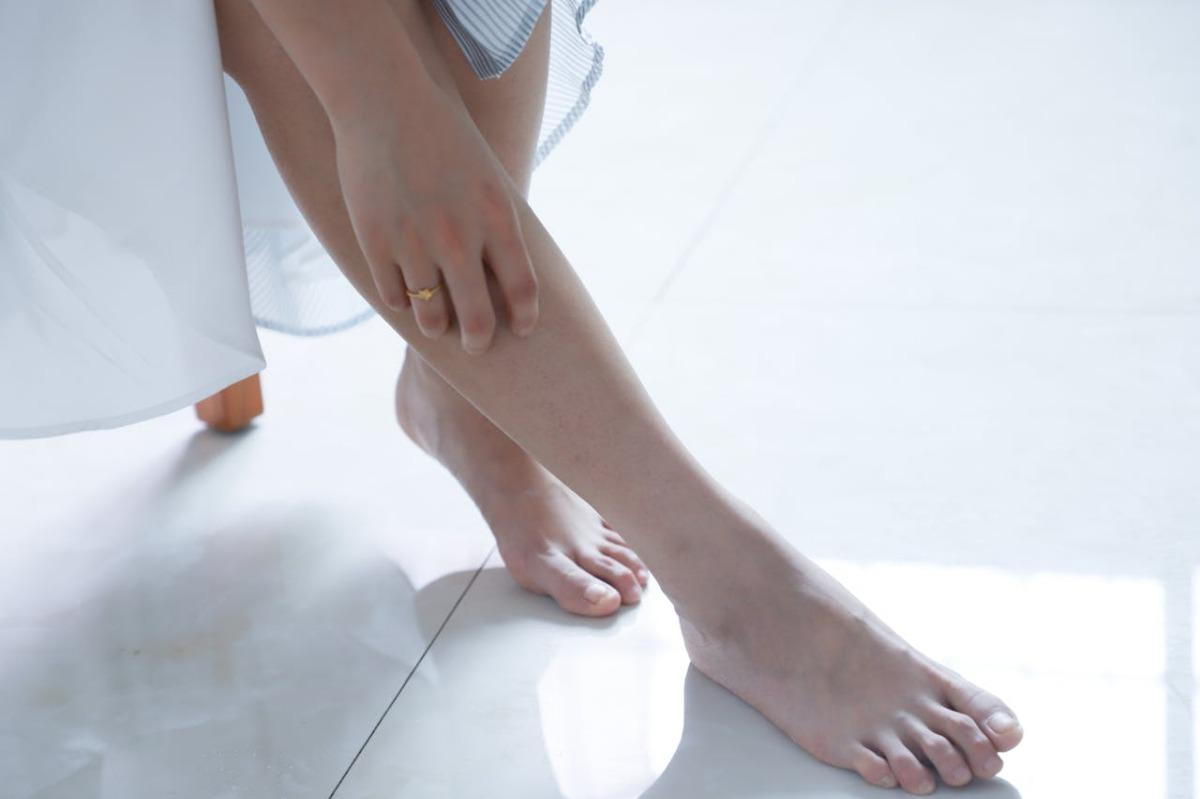Heel Spurs: What They Are and How to Say Goodbye to the Pain
posted: Jul. 03, 2024.

Experiencing heel pain can be immensely disruptive, affecting your daily activities and overall quality of life. Among the common culprits for such discomfort are heel spurs and bony growths that form on the heel bone, which can lead to significant pain and inflammation. Understanding what heel spurs are and the factors that contribute to their development is crucial in managing this condition effectively.
In our daily practice, we often encounter patients who are unsure if their heel pain is caused by heel spurs or other foot-related issues. This guide aims to demystify heel spurs, offering clarity on their symptoms, causes, and the available treatment options. We believe that informed patients are better equipped to make decisions about their health and are more proactive in seeking the necessary care.
With a focus on providing comprehensive information and practical advice, we’ll explore various strategies to manage heel spur-related pain right at home. Additionally, for cases where professional intervention is needed, we’ll discuss the advanced treatment options available at our clinic. Join us as we delve into effective solutions for dealing with heel spurs and moving towards a pain-free lifestyle.
Understanding Heel Spurs: Definition and Causes
Heel spurs are often misunderstood, but they are essentially calcium deposits that build up under the heel bone. This growth can extend out by as much as half an inch and is often depicted on X-rays as a pointed, hook-like structure. They form over many months due to strain on the foot muscles and ligaments, constant stretching of the plantar fascia, and repeated tearing of the membrane that covers the heel bone.
Several factors contribute to the development of heel spurs. The primary cause is typically strain injuries during sports or activities that put stress on the heel and its attached tissues, especially where the ligaments meet the bone. Overweight individuals may also experience increased pressure on their heels, leading to spurs. Furthermore, age plays a role; as we age, the fat pad on our heel thins out, providing less cushioning and making us more prone to issues like heel spurs. Poorly fitted or inappropriate footwear that doesn’t provide adequate support or cushion can exacerbate this condition, emphasizing the need for proper shoes.
Symptoms: Recognizing Heel Spur Related Pain
Identifying heel spur pain is crucial for early treatment and relief. One of the primary symptoms of heel spurs is a sharp, knife-like pain in the heel when standing up in the morning or after sitting for a prolonged period. This pain often turns into a dull ache throughout the day. Some may also feel it as a sharp pain that returns after spending a long period standing.
Another distinguishing symptom is inflammation and warmth at the heel. The discomfort might also extend into the arch of the foot. Interestingly, not all heel spurs cause pain—some people might discover they have a spur following an X-ray for an unrelated issue, without having experienced significant symptoms. However, those who do experience pain often describe it as being worse after rest and decreasing as they move around more. Recognizing these signs early can help in managing the pain effectively and avoid complications that may impair mobility.
Home Management Strategies for Heel Spurs
Living with heel spurs can be challenging, but several home remedies and lifestyle changes can significantly alleviate the associated pain. First and foremost, it's important to wear supportive footwear. Shoes with well-cushioned soles and arch support can reduce pressure on the heel. Avoid walking barefoot, especially on hard surfaces, which can increase the stress on your heels.
Incorporating regular stretching into your daily routine can also be beneficial. Exercises that stretch the plantar fascia and calf muscles can relieve the tension around the heel area. Simple activities like towel stretches, calf stretches, and rolling a golf ball under the foot can provide relief. Additionally, maintaining a healthy weight can decrease the strain on your feet. If heel pain flares up, applying ice packs to the affected area for about 15 minutes several times a day can help reduce inflammation and soothe the discomfort.
Advanced Treatments Offered by Sheldon Nadal D.P.M
When home remedies are not enough to alleviate heel spur pain, it may be time to consider more advanced treatments. At our clinic, we offer a range of specialized therapies that have proven effective in treating more stubborn cases of heel spurs. Extracorporeal shock wave therapy (ESWT) is one such treatment. This non-invasive procedure uses sound waves to stimulate healing in the heel and can be a viable alternative to surgery.
Another advanced option is custom orthotic devices. These are tailored insoles designed to fit your shoes, providing specific support and correcting foot mechanics, significantly reducing the stress on your heels. For severe cases, minimally invasive surgery may be recommended to remove the spur, thus directly alleviating the pain source. This option is considered only when all other treatments have not provided sufficient relief.
Taking Control of Your Foot Health
Managing heel spurs effectively requires a combination of home care strategies and, when necessary, professional medical treatments. By understanding the causes of heel spurs and recognizing their symptoms early, you can take proactive steps to manage the discomfort and prevent worsening conditions. Should you need more specialized care, our clinic is equipped to provide advanced treatments tailored to your specific needs.
Our commitment at Sheldon Nadal D.P.M is to help you return to pain-free walking and improve your overall quality of life. If you are struggling with persistent heel pain, don’t hesitate to reach out to our foot specialist in Toronto. Together, we can create a treatment plan suited to your unique circumstances, ensuring your feet receive the best care possible. Experience the relief you deserve; contact us today to learn more about how we can assist you in managing and overcoming heel pain.